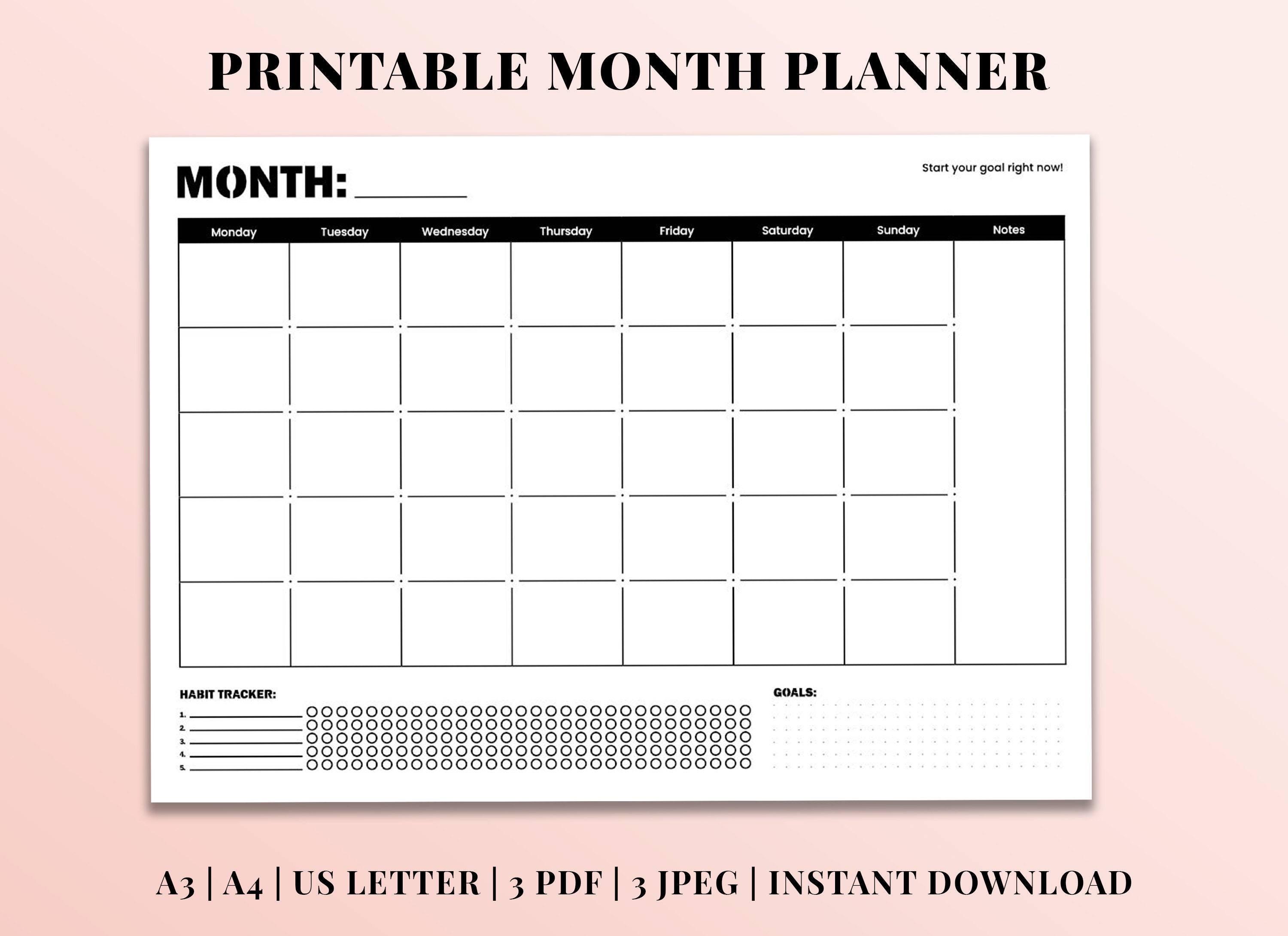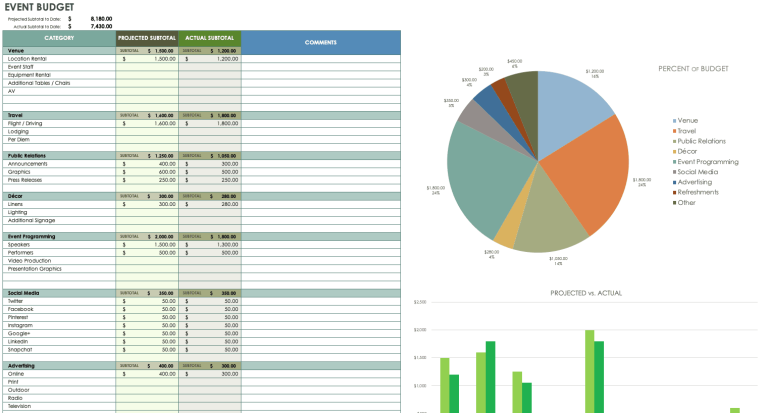
Maintaining a blog is not just about publishing content—it’s about ensuring that your website remains secure, fast, and user-friendly. As the digital landscape evolves, so do the challenges associated with keeping a blog running smoothly. A well-structured month-end maintenance checklist can help you stay ahead of potential issues, improve performance, and enhance user experience. Whether you’re managing a personal blog or a corporate site, regular upkeep is essential to avoid downtime, security breaches, and lost traffic.
In this article, we’ll walk you through a comprehensive month-end maintenance checklist tailored for blogs, covering everything from security and performance to content updates and technical checks. We’ll also explore tools and strategies to simplify the process, ensuring your blog remains reliable and effective throughout the year.
What Is a Month-End Maintenance Checklist and Why It Matters
A month-end maintenance checklist is a structured list of tasks designed to ensure that your blog is operating at its best by the end of each month. These tasks are critical for maintaining the integrity of your site, protecting it from threats, and optimizing its performance.
In the context of SEO and content marketing, a well-maintained blog can significantly impact your search rankings, user engagement, and overall visibility. Search engines like Google prioritize sites that are fast, secure, and regularly updated. Neglecting these aspects can lead to slower load times, broken links, outdated content, and even security vulnerabilities—each of which can hurt your SEO efforts and drive away visitors.
Moreover, as more users access websites via mobile devices, ensuring your blog is mobile-friendly and optimized for speed is no longer optional. With the rise of AI-driven search algorithms and voice search, staying on top of your blog’s technical health has never been more important.
How Month-End Maintenance Impacts SEO Performance
Regular maintenance directly affects your blog’s SEO performance in several ways:
-
Improved Page Speed: Faster loading times not only enhance user experience but also boost your site’s ranking in search results. Tools like GTmetrix and Pingdom can help identify areas for improvement.
-
Enhanced Security: A secure blog protects against malware and hacking attempts, which can damage your site’s reputation and lead to penalties from search engines.
-
Better Content Quality: Regularly updating and optimizing content ensures that your blog remains relevant and valuable to readers, increasing the likelihood of backlinks and social shares.
-
Reduced Downtime: Frequent maintenance helps prevent unexpected outages, which can negatively impact your site’s availability and user trust.
By following a consistent month-end maintenance routine, you can maintain a high-performing blog that ranks well, attracts traffic, and keeps users engaged.
Step-by-Step Implementation Framework
To make the maintenance process efficient and manageable, follow this structured approach:
1. Security Checks
- Run Malware Scans: Use tools like Wordfence or Sucuri to scan your blog for malware and vulnerabilities.
- Update Software: Ensure your WordPress core, themes, and plugins are up to date.
- Test Backups: Verify that your backup system works and that you can restore data if needed.
- Review User Access: Check user roles and permissions to prevent unauthorized access.
2. Performance Optimization
- Compress Media Files: Use tools like Smush or ShortPixel to reduce image sizes without compromising quality.
- Clear Cache: Remove outdated cache data using plugins like W3 Total Cache or WP Super Cache.
- Monitor Server Performance: Track server response times and address any delays.
- Test Mobile Compatibility: Ensure your blog looks and functions well on all devices.
3. Technical Maintenance
- Check SSL Certificates: Confirm that HTTPS is working properly and resolve any warnings.
- Clean Up Databases: Delete unnecessary data, optimize tables, and run diagnostics.
- Test Integrations: Ensure payment gateways, contact forms, and third-party services are functioning correctly.
4. Content Updates
- Refresh Outdated Information: Update old posts, fix broken links, and ensure all information is accurate.
- Optimize for SEO: Improve meta descriptions, titles, and keywords to align with current best practices.
- Monitor User Behavior: Analyze traffic patterns and adjust content based on user engagement.
Real or Hypothetical Case Study
Let’s take a look at a hypothetical scenario involving a mid-sized blog that implemented a month-end maintenance checklist:
Before the Checklist:
– The blog experienced slow load times, leading to a 30% bounce rate.
– There were frequent security alerts due to outdated plugins.
– Content was outdated, resulting in declining traffic and engagement.
After Implementing the Checklist:
– Load times improved by 50%, reducing bounce rates to 15%.
– Security threats were minimized through regular updates and scans.
– Fresh, optimized content led to a 40% increase in organic traffic.
This example illustrates how a structured maintenance routine can transform a blog’s performance and user experience.
Tools and Techniques for Blog Maintenance
Several tools can simplify the month-end maintenance process:
- Wordfence – For security scanning, firewall protection, and real-time threat detection.
- GTmetrix – Provides detailed insights into site speed and performance optimization.
- Yoast SEO – Helps analyze and optimize content for better search rankings.
- WP-Optimize – Automates database cleaning and optimization.
- Smush – Compresses images to improve page load times.
- BlogVault – Centralizes backups, updates, and security checks in one dashboard.
These tools can save time and effort while ensuring your blog remains secure, fast, and up-to-date.
Future Trends and AI Implications
As AI continues to shape the digital landscape, the importance of blog maintenance will only grow. Search engines are becoming more sophisticated, prioritizing sites that are not only fast and secure but also provide a seamless user experience. AI-powered tools like ChatGPT and Google’s BERT algorithm are already influencing how content is created and ranked.
In the future, AI may play a more active role in maintenance tasks, such as automatically detecting broken links, suggesting content updates, and even identifying security threats. Staying ahead of these trends will require a proactive approach to maintenance, leveraging both human expertise and emerging technologies.
Key Takeaways
- Regular maintenance is essential for keeping your blog secure, fast, and user-friendly.
- A structured checklist ensures that all critical tasks are addressed consistently.
- Tools like Wordfence, GTmetrix, and Yoast SEO can streamline the process and improve efficiency.
- Future trends in AI and search algorithms will continue to influence the importance of blog maintenance.
- Proactive care prevents small issues from becoming major problems, saving time and resources in the long run.
By implementing a month-end maintenance checklist, you’re not just preserving your blog’s functionality—you’re investing in its long-term success.




Meta Title: Essential Month-End Maintenance Checklist for Blogs in 2024
Meta Description: Keep your blog secure, fast, and optimized with this comprehensive month-end maintenance checklist for 2024.
SEO Tags (5): blog maintenance, month-end checklist, SEO optimization, website security, content management
Internal Link Suggestions:
– Parameter #1: Website Security
– Parameter #3: Content Optimization
– Parameter #5: Technical Performance
External Source Suggestions:
– https://www.wordfence.com/
– https://gtmetrix.com/
– https://yoast.com/seo-plugin/







